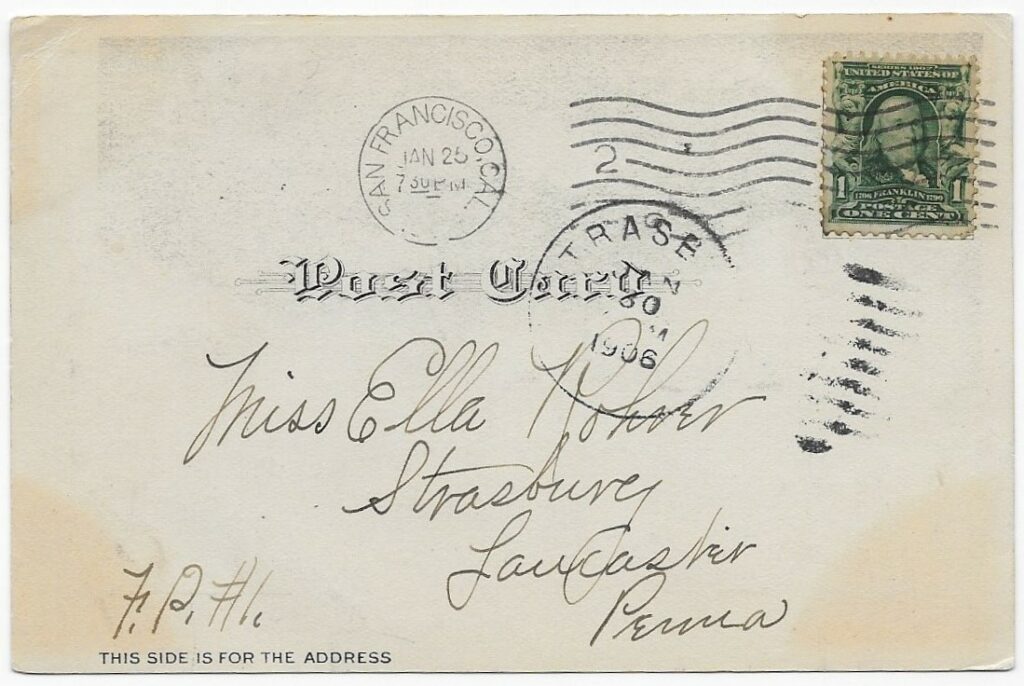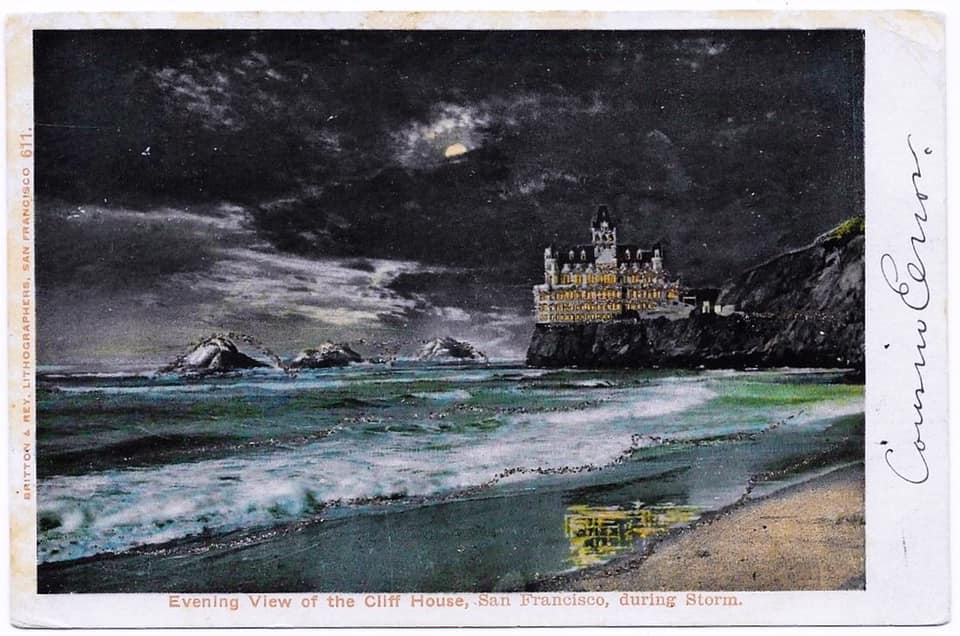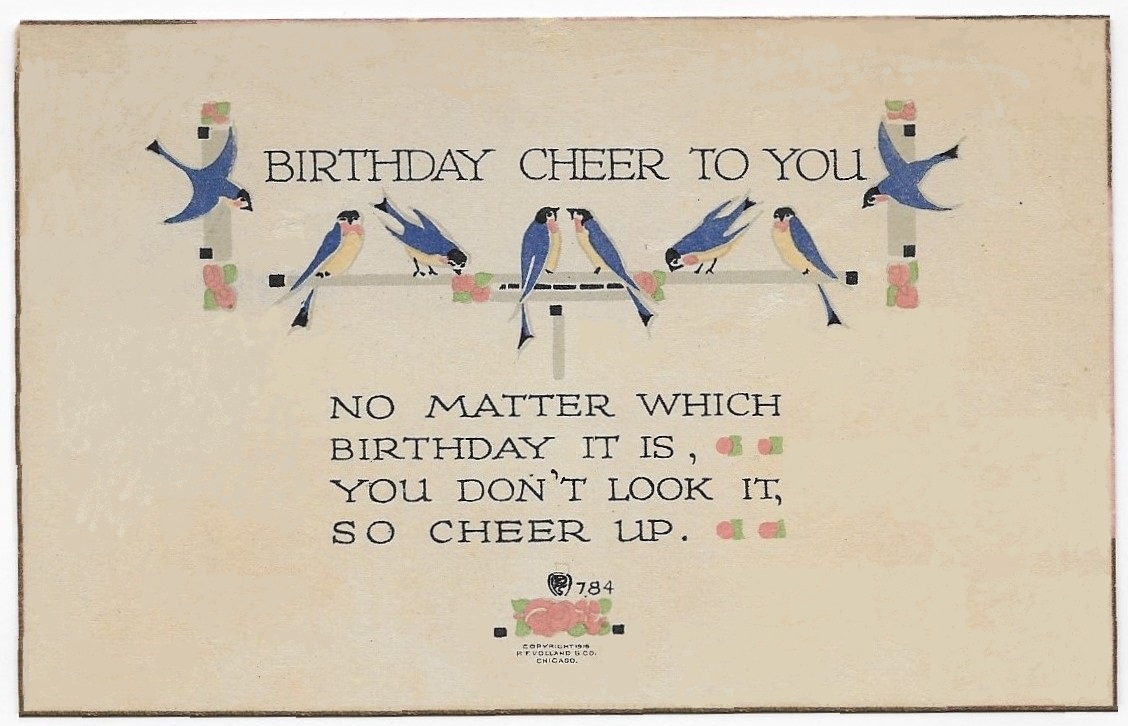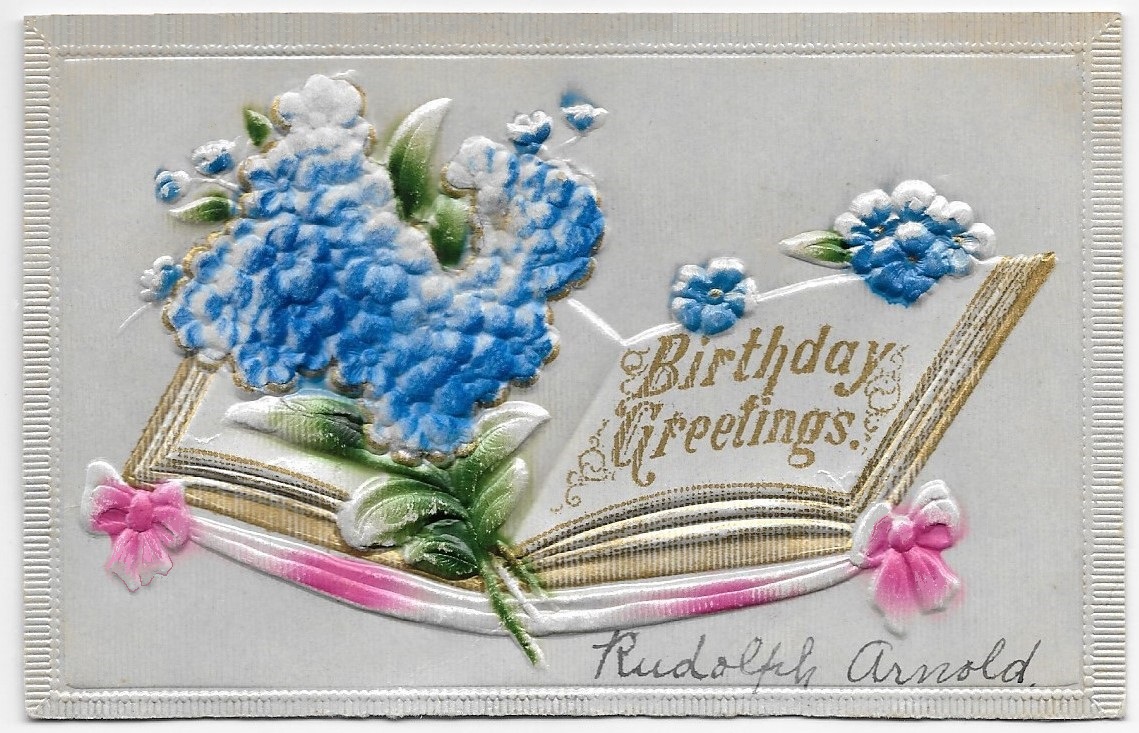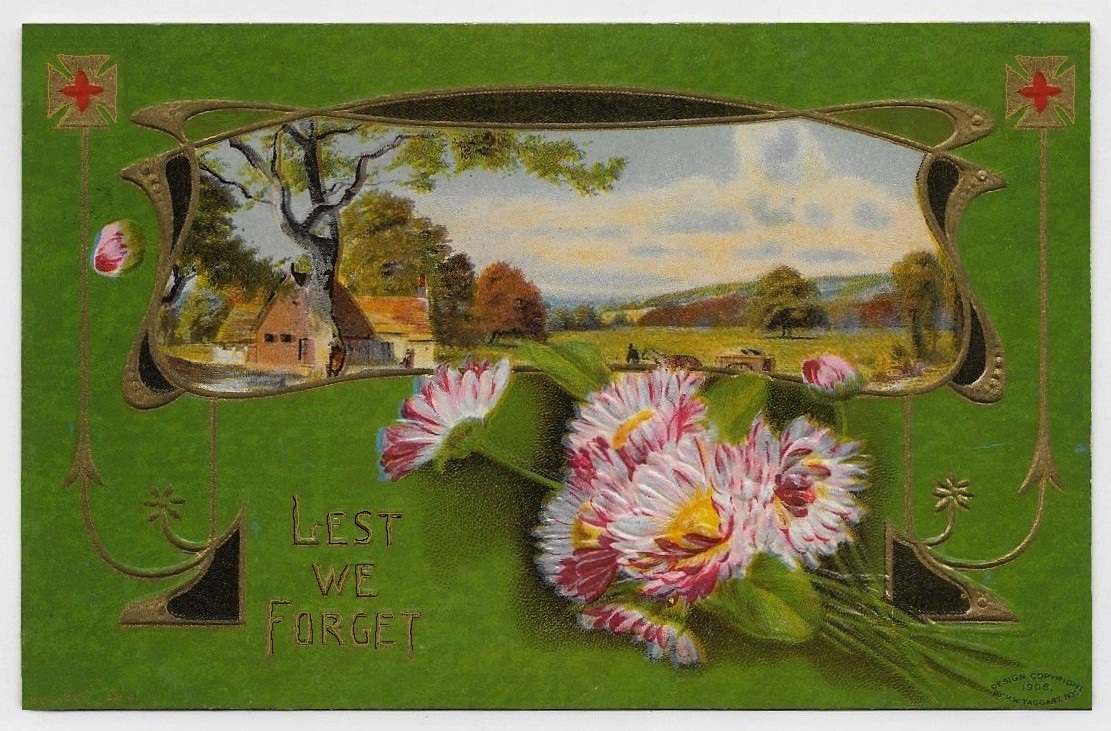In January of 1906, Miss Ella Rohrer was living on a rural delivery route near Strasburg, Pennsylvania.
Ella received a postcard from Cousin Enos who was in California.
The postcard bears a hand-colored photograph of the Cliff House at night.
This was the second “Cliff House” to be erected on this site, north of Ocean Beach and overlooking Seal Rocks.
The first Cliff House was a tavern, opened in 1863 that served hunters, horseback riders, or picnickers – it was not easily accessible from the downtown.
As transportation improved, through a toll road and then a speedway on which horse-drawn vehicles could race to the restaurant, the Cliff House became a favorite destination of the “carriage trade”.
This building was damaged in 1887 when a cargo ship, abandoned with burning kerosene lamps and a cargo of dynamite powder, ran aground and exploded near the Cliff House.
In 1894, the building burned down on Christmas night.
Cousin Enos saw the second “Cliff House”, a seven-story Victorian Chateau called “The Gingerbread Palace”.
It is pictured here with lamps blazing at night during a storm.
Within four months of the sending of this postcard, San Francisco was destroyed in the great earthquake of April 1906.
One hopes that Enos was not in the city at that time as the loss of life and property was enormous.
Although Cliff House survived the earthquake, the building in this photograph burned to the ground in 1907.
A neo-classical Cliff House was then erected, and that building is now maintained by the National Park Service as a part of the Golden Gate National Recreation Area.
I was glad to find this image of the short-lived, second Cliff House.
One hopes that Ella was pleased by it also and that she was able to visit Cousin Enos again in Strasburg.
In the comments, I link a history of Cliff House.
